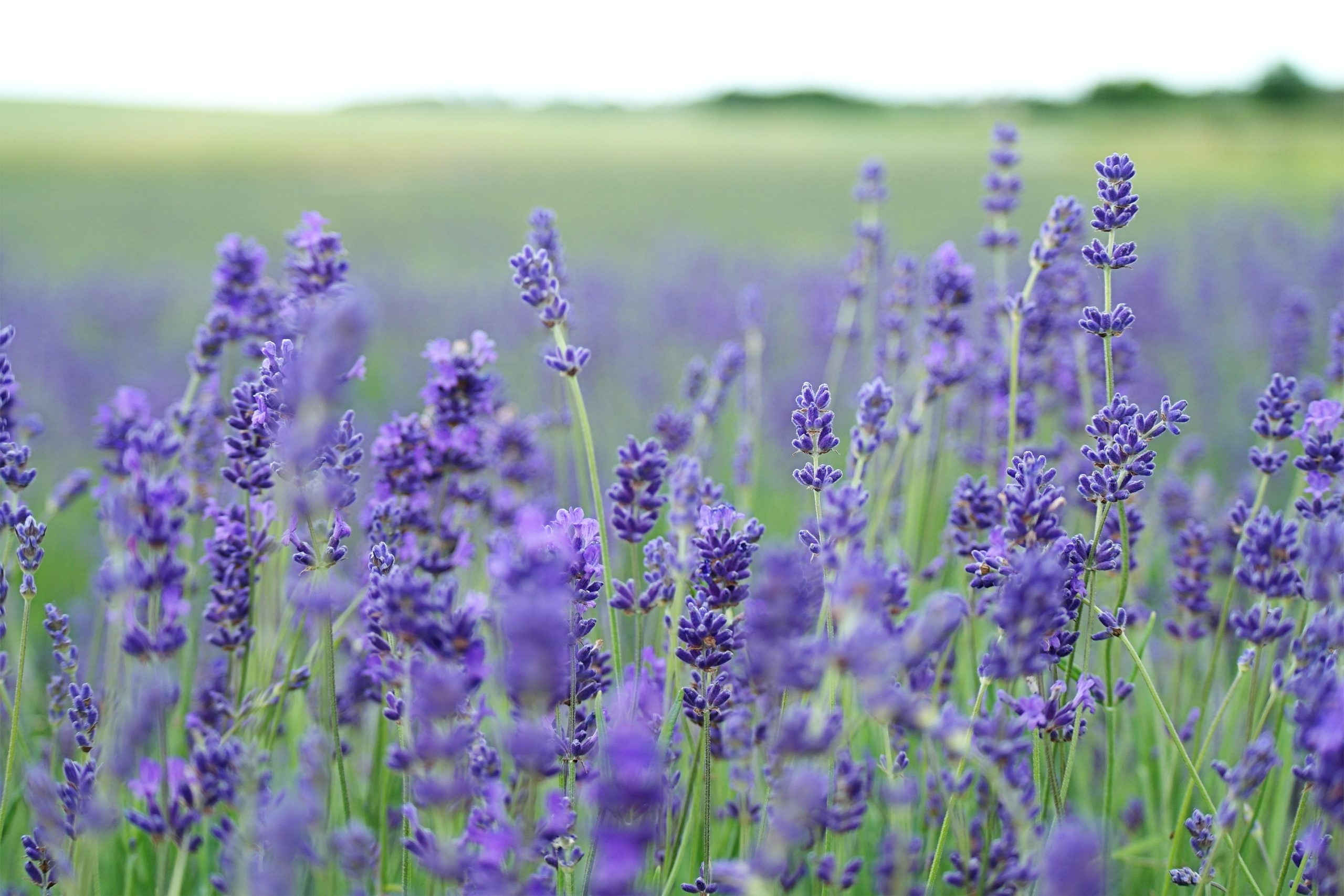Ahhh, lavender.
This well-loved herb offers a fragrant whiff of relaxation.
Lavender is originally native to the western Mediterranean area, thriving in rocky soil, plentiful sun, and temperate climates.
But even if you don’t call the Mediterranean your home, you can still grow lavender!
Keep reading to learn how to grow lavender + 7 uses for your lavender blooms.
How to Grow Lavender
Where to Grow Your Lavender
Lavender can be used as a decorative hedge or border around your garden, or as an addition to your herb garden. Lavender also attracts pollinators to your garden, like bees and butterflies, making it a win for the other plants that call your garden home.
More good news: lavender grows well in containers. This is a great option for folks who live in areas where the soil is more clay-based, like where we are in middle Tennessee.
Lavender needs 8 hours of direct sunlight a day to flourish.
When to Plant Lavender
Lavender is considered a perennial in temperate climates, but an annual in climates that experience cold winters.
Plant your lavender in the springtime, once the last frost date has passed. Most lavender varieties are not frost tolerant. (Remember, these are temperate-loving plants!)
However, there are English varieties of lavender (like Lavandula augustifolia) that can survive in colder regions, withstanding temperatures as low as -20°F.
For more information on cold-hardy lavender varieties, check out this blog post from Gardening Know How.
Soil Conditions & Amendment
If you’re choosing to plant your lavender in an in-ground garden or above-ground bed, you’ll need to make sure the soil is just how lavender likes it.
Lavender prefers a soil with a pH balance between 6.7 – 7.3. You can test your soil to find its pH balance, and then amend accordingly.
Additionally, waterlogged soil is a no-go in lavender land. Lavender needs loose, sandy soil that allows for aeration and easy draining. If your soil is not lavender’s cup of tea, you can amend it with perlite, pumice, builder’s sand, composted leaves, or small rocks. For instance, the lavender fields of Provence, France have soil full of chert rock, allowing the plants excellent drainage.
When to Water Lavender
As we mentioned above, waterlogged lavender is unhappy lavender. Allow the soil to dry completely before watering again.
Fungus is also a risk in humid climates. You can help to prevent this by placing pebbles or sand around the plant’s base to encourage faster evaporation. Additionally, prune plants in such a way that air can circulate well between stems.
When to Harvest Lavender
You’ll be able to enjoy lavender blooms all summer long. You can clip old blooms to encourage growth of new blooms. Unlike other herbs like thyme or oregano, you don’t have to worry about lavender taking over your garden.
You can harvest a stem of lavender blooms at any time during the blooming season! Simply use a sharp pair of garden shears or scissors to cleanly cut through the stem.
7 Creative Uses for Lavender
You’ve got a bunch of beautiful blooming lavender… now what? Here are 7 uses for your lavender.
1. Bring it inside.
Bring in the pretty purple petals and calming scents by arranging freshly-cut lavender in vases throughout your home.
2. Dry it out.
Drying out lavender is simple—gather a bunch, tie the stems together with twine, and hang them upside down in a warm, dark space. Ensure that the space is free from moisture to keep mold away. Bunches should dry out between 7 – 10 days. Dried lavender can last between 1 – 3 years.
3. Add a bundle of dried lavender to your shower.
Hang a bundle of dried lavender on your shower head. The humidity from the shower releases the essential oils, giving you an extra dose of chill, right in time for bed.
4. Use it for cooking.
Lavender is an herb—and it’s edible! These fragrant blossoms add a delicate flavor to desserts and pastries.
Try these Lavender Earl Grey Cookies for a sweet treat or this Lavender Lemonade for a refreshing way to cool down on a hot afternoon.
5. Use lavender as a natural mosquito repellent.
People have had experience with lavender as a natural mosquito repellent—both in essential oil form and the plant itself.
6. Make soap.
With just three ingredients, this all natural lavender soap is a fun way to make use of your lavender blooms. Plus, bar soap is a sustainable alternative to soaps from plastic bottles!
7. Create bath salts.
This blog post has an easy recipe for making a stress-relieving bath salt using your lavender.


